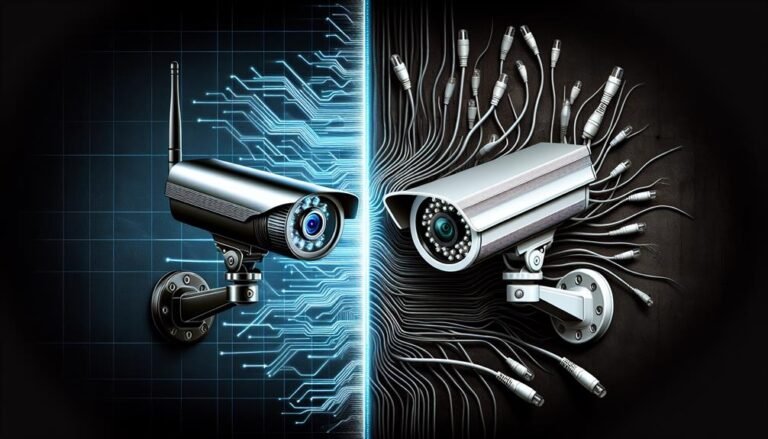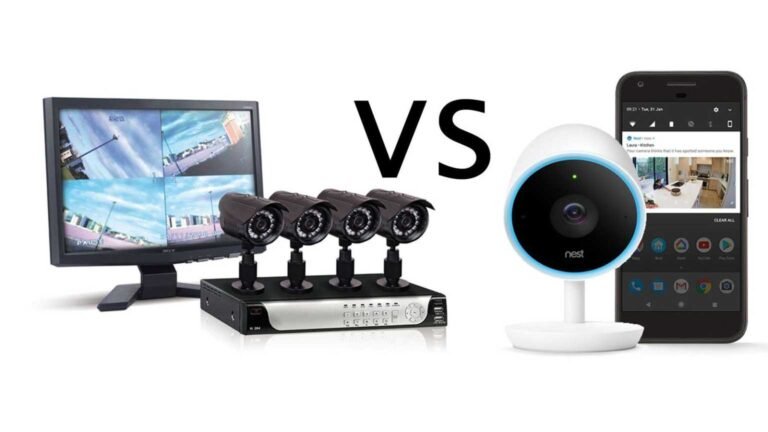Wireless OR Wired CCTV Cameras? Know Pros and Cons

Night vision technology has revolutionized various fields, from military operations and law enforcement to wildlife observation and personal security. By enabling visibility in low-light or no-light conditions, night vision devices extend human capabilities far beyond what is naturally possible. This technology operates primarily through two methods: image intensification and thermal imaging. Both approaches have their distinct advantages and applications, making night vision a versatile and invaluable tool.
Image intensification is the most common form of night vision technology. It works by capturing ambient light, which can include infrared light that is not visible to the human eye, and amplifying it to produce a visible image. This method is widely used in night vision goggles, scopes, and cameras. One of the key advantages of image intensification is its ability to produce clear, detailed images with minimal power consumption. This makes it ideal for applications where mobility and extended use are required, such as in military operations or night-time surveillance.
Thermal imaging, on the other hand, detects the heat emitted by objects and living beings, converting this thermal energy into a visible image. This method does not rely on ambient light, making it effective in complete darkness, through smoke, fog, and even in some cases, light foliage. Thermal imaging is particularly useful for search and rescue operations, detecting intruders, and monitoring wildlife. The ability to see heat signatures provides a distinct advantage in identifying and tracking targets that might be camouflaged or hidden from standard optical devices.
In addition to military and law enforcement applications, night vision technology has found its way into civilian use. Night vision cameras are now commonly used in home security systems, providing homeowners with the ability to monitor their property around the clock. Wildlife enthusiasts and researchers also utilize night vision devices to observe nocturnal animals without disturbing their natural behavior. This non-invasive observation is crucial for studying wildlife ecology and behavior accurately.
Night vision technology continues to advance, with improvements in image clarity, range, and durability. Modern devices are becoming more compact, lightweight, and affordable, making them accessible to a wider range of users. Innovations such as digital night vision are also emerging, offering the potential for enhanced image processing and integration with other digital systems.
Night vision technology has dramatically expanded our ability to see and operate in darkness, providing critical advantages in various professional and personal contexts. Its development and refinement continue to push the boundaries of what is possible, ensuring that we can navigate, protect, and explore our world even when the lights go out.

